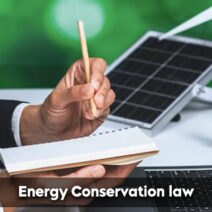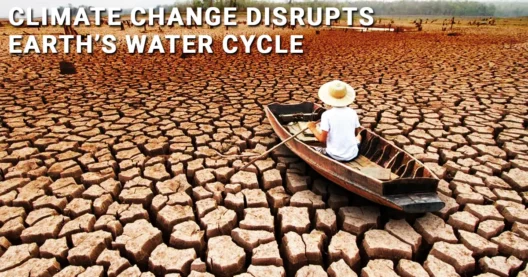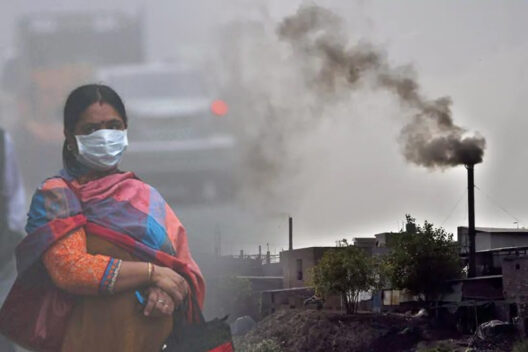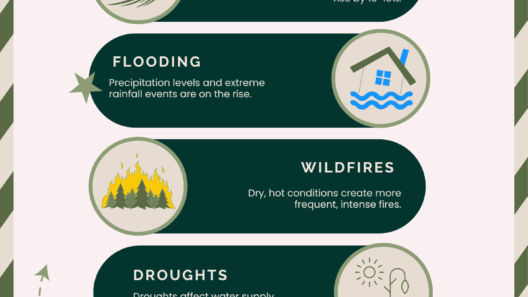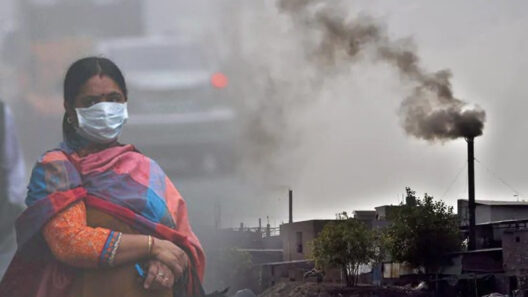Human activity has long been a primary contributor to climate change, but there are tangible strategies to counteract this phenomenon. One of the most effective strategies is smart energy use, which includes a range of practices and technologies designed to reduce energy consumption and encourage renewable energy adoption. This article explores how minimizing energy waste, optimizing current resources, and integrating technology contribute positively to the fight against climate change.
At the crux of the issue lies the undeniable reality that electricity generation, predominantly from fossil fuels, emits substantial greenhouse gases. Therefore, employing smart energy use not only conserves resources but also transitions society towards a more sustainable future. The emphasis on ‘unplugging the problem’ is not merely about turning off devices but encompasses a broader spectrum of actions.
To begin, let’s examine energy consumption behaviors that can dramatically reduce our carbon footprint. One of the easiest methods is simply to turn off appliances when they are not in use. Standby power, often referred to as “phantom load,” can account for up to 10% of a household’s energy consumption. Thus, using power strips to physically disconnect devices can be a simple yet effective method to combat unnecessary energy waste.
In addition to unplugging, energy-efficient appliances represent a pivotal shift towards smarter energy use. Modern appliances are designed with advanced technologies that minimize energy consumption without sacrificing performance. The ENERGY STAR label, for example, identifies products that produce significant energy savings while maintaining quality. By choosing these appliances, consumers can significantly reduce their electricity usage, which ultimately leads to lower emissions associated with energy production.
Lighting is another area ripe for optimization. Traditional incandescent bulbs consume far more energy than their modern counterparts, such as LED or CFL bulbs. These technologically superior options not only use less wattage but also last exponentially longer, which reduces waste from burned-out bulbs. Transitioning to energy-efficient lighting can decrease a household’s lighting energy use by as much as 75%. Such tangible improvements underscore the importance of adopting smarter energy practices.
Smart home technologies have emerged as powerful allies in achieving energy efficiency. Home automation systems allow homeowners to monitor and control energy use remotely. Through scheduling and smart sensors, these systems can tailor energy consumption to fit actual use rather than leaving devices continuously plugged in. For example, programmable thermostats automatically adjust heating and cooling based on occupancy, resulting in vast energy savings. Moreover, they ensure that heating or cooling is not expended on unoccupied spaces, thereby maximizing efficiency.
The integration of renewable energy sources adds another significant dimension to smart energy use. Solar panels and wind turbines represent the forefront of renewable energy technology. By investing in such systems, individuals can produce their own energy, drastically reducing reliance on fossil fuels. Moreover, innovations in battery storage technology allow surplus energy generated during peak production times to be stored for later use, ensuring that energy availability aligns with demand without additional environmental costs.
Further, energy performance assessments can reveal additional opportunities for efficiency gains. Energy audits, whether conducted DIY or by professionals, provide a comprehensive overview of how energy is used within a facility. These assessments pinpoint areas needing improvement, ranging from insulation deficiencies to air leaks—crucial factors that exacerbate energy loss. Rectifying these issues ensures that buildings are not only energy-efficient but also comfortable, enhancing the quality of life for occupants.
Another aspect of smart energy use is advocating for policy changes that promote renewable resources. Government incentives for green technologies can accelerate the implementation of energy-efficient practices. Programs that subsidize solar installations or offer rebates for purchasing energy-efficient appliances can shift consumer behaviors towards more sustainable choices. Advocacy initiatives that push for stricter regulations on emissions and encourage investments in renewable infrastructure are vital in driving systemic change towards greater energy efficiency.
The collaborative effort between individuals, communities, and governing bodies is critical. Educational campaigns can empower consumers with knowledge about smart energy practices and the benefits of these measures in combating climate change. Local workshops, online platforms, and community forums can facilitate sharing of best practices and enable collaborative solutions tailored to community-specific energy needs.
Ultimately, integrating an eco-conscious mindset into everyday energy use can generate significant momentum against climate change. Each minor alteration, from flicking off a switch to adopting a fully automated home, accumulates towards a substantial collective impact. Metrics indicating decreased energy consumption correlate positively with reductions in greenhouse gas emissions, reinforcing the imperative for widespread adaptability of these practices.
As we step deeper into an era characterized by unprecedented climatic challenges, embracing smart energy use offers a pragmatic approach to mitigate our environmental impact. By delving into efficient energy practices and investing in innovative technologies, we can collectively address the looming dilemma of climate change. The transition to smart energy not only cultivates individual responsibility but also engenders a global movement advocating for a more sustainable future. It is in this synergy of efforts that the true potential of fighting climate change lies—a testament to humanity’s capacity for adaptation and resilience amidst adversity.
